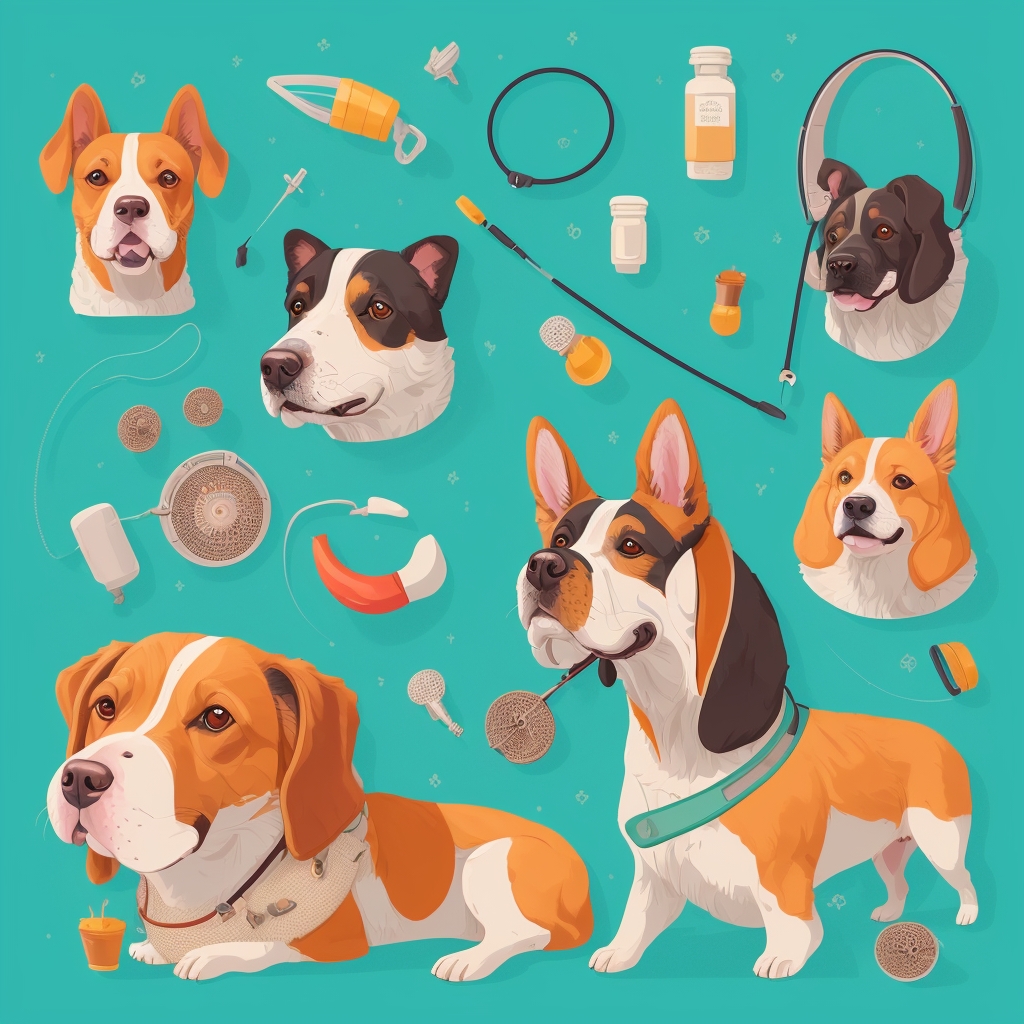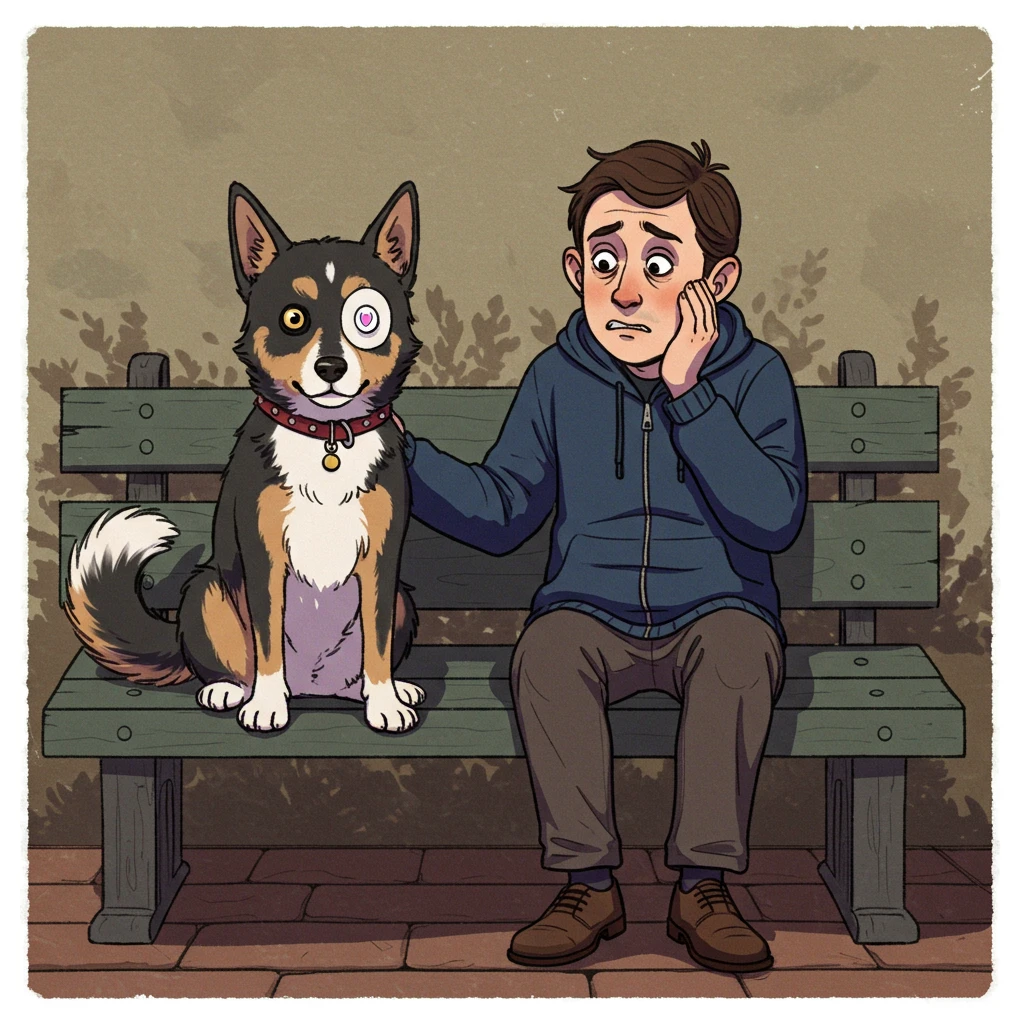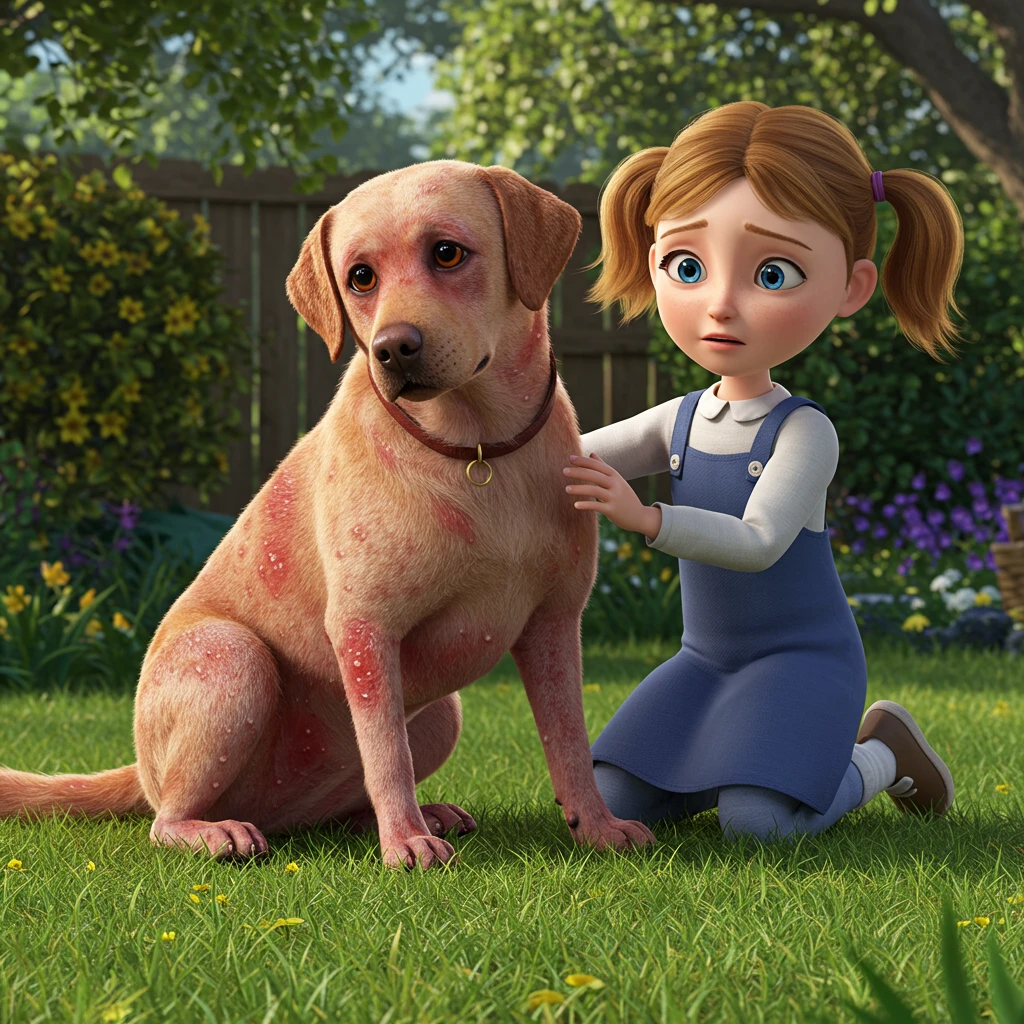Agitation in dogs can be a source of worry for many owners. When a dog seems agitated without apparent reason, it might mean they’re experiencing discomfort, stress, or a need for attention. This article aims to explore the various causes of this agitation, provide concrete examples of behaviors, and offer practical solutions to help your four-legged companion regain their calm.
Possible causes of agitation
Stress and anxiety
One of the main reasons a dog might become agitated is stress or anxiety. This can stem from various factors, such as:
- Environmental changes: A move, the arrival of a new family member, or even home renovations can disrupt a dog’s daily routine.
- Separation: Separation from an owner, even for a short period, can cause anxiety in some dogs.
- Loud noises: Thunderstorms, fireworks, or construction noises can also trigger an anxiety response.
Illness and pain
An agitated dog might also be suffering from an illness or physical pain. It’s important to monitor for other clinical signs that could indicate a health problem. Dental pain, gastrointestinal issues, or more serious illnesses like arthritis can make a dog agitated.
Lack of exercise
A lack of physical activity can also be a cause of agitation. Dogs need regular exercise to expend their energy. A dog that doesn’t get enough outdoor time can become hyperactive and agitated at home.
Behavioral problems
Behavioral problems, such as boredom or frustration, can also lead to agitation. A dog that isn’t sufficiently mentally stimulated can develop destructive and agitated behaviors.
Concrete examples and use cases
Case 1: Dog stressed by a move
An owner recently moved and noticed their previously calm dog became agitated. It barked, hid under furniture, and refused to eat. After consulting a veterinarian, it was advised to create a safe space for the dog with its familiar items and to give it more attention during this transition period.
Case 2: Dog suffering from dental pain
Another owner observed that their dog was behaving agitatedly, constantly rubbing its muzzle and avoiding eating. After a vet visit, it was diagnosed with dental pain. Appropriate treatment helped relieve the pain and calm the dog.
Case 3: Dog with a lack of exercise
A young Labrador was often agitated, jumping on furniture and barking without reason. Its owner realized they were only taking it for short walks. By increasing the duration and intensity of exercise, the Labrador became calmer and happier.
Key points and best practices
Observation of behaviors
It’s essential to observe your dog’s behavior to identify signs of agitation. Note when the agitation occurs and any potential triggers. This can help determine if the agitation is due to anxiety, pain, or lack of exercise.
Veterinary consultation
If the agitation persists, it’s recommended to consult a veterinarian. A professional can assess your dog’s physical health and rule out any medical causes. Don’t hesitate to ask questions about potential treatments or behavioral interventions.
Environmental adjustments
Creating a calming environment can reduce agitation. Use products such as calming pheromone diffusers, relaxing music for dogs, or interactive toys to mentally stimulate your pet.
Regular exercise
Ensure your dog gets sufficient physical activity. This can include walks, fetch games, or even agility classes. A tired dog is often a calm dog.
Positive reinforcement
Use positive reinforcement techniques to encourage calm behavior. Reward your dog when they behave in a relaxed manner and avoid reacting negatively to their agitation.
Conclusion
Agitation in dogs can be a sign of various problems, ranging from stress to physical pain or lack of exercise. As an owner, it’s crucial to remain attentive to your pet’s behaviors and act quickly to determine the underlying cause. By following best practices, observing carefully, and consulting professionals if necessary, you can help your dog regain a state of calm and well-being. Adopting a proactive approach will allow you to strengthen your bond with your four-legged companion and ensure their quality of life.
Is there a particular behavior or situation that makes your dog agitated that you’d like to discuss further?







